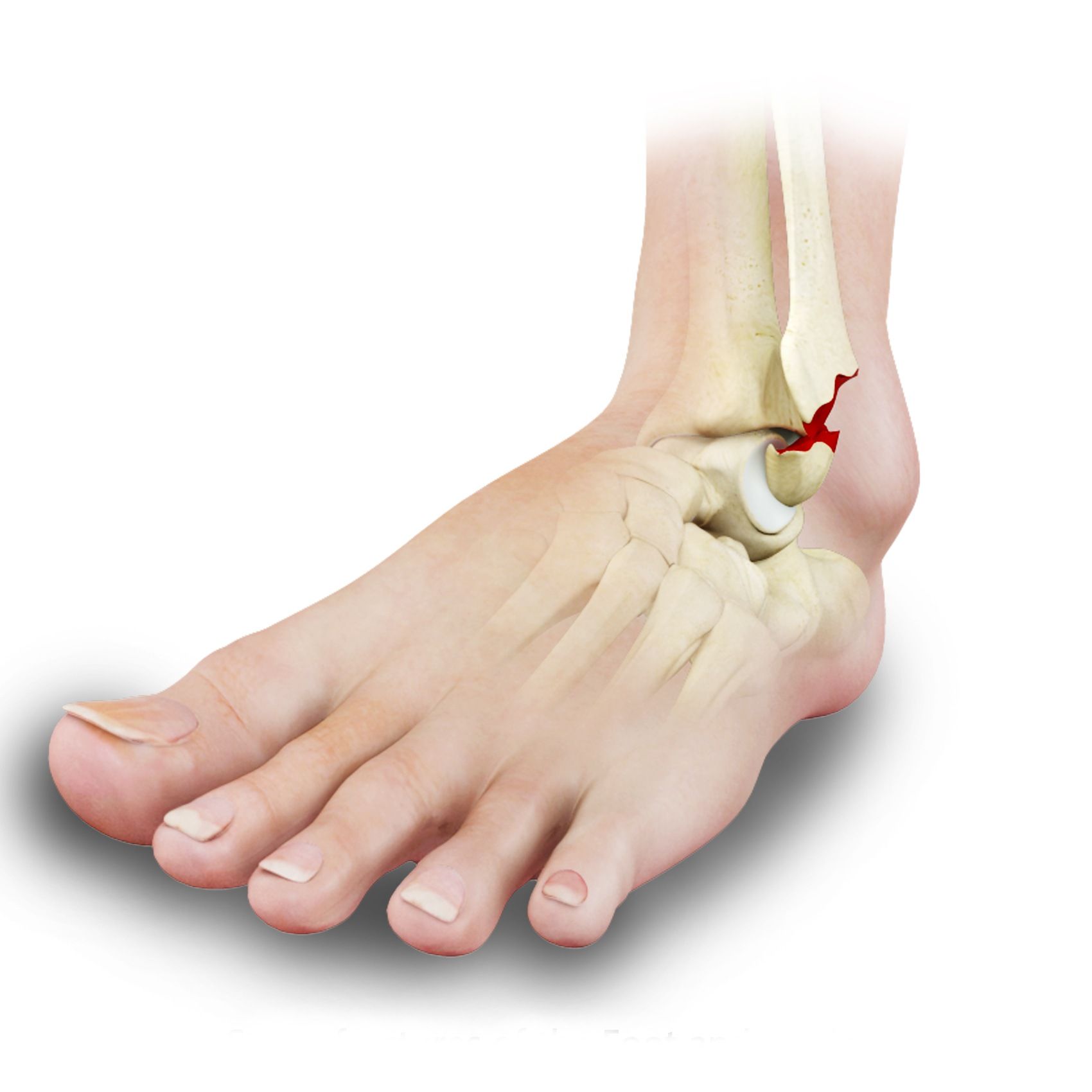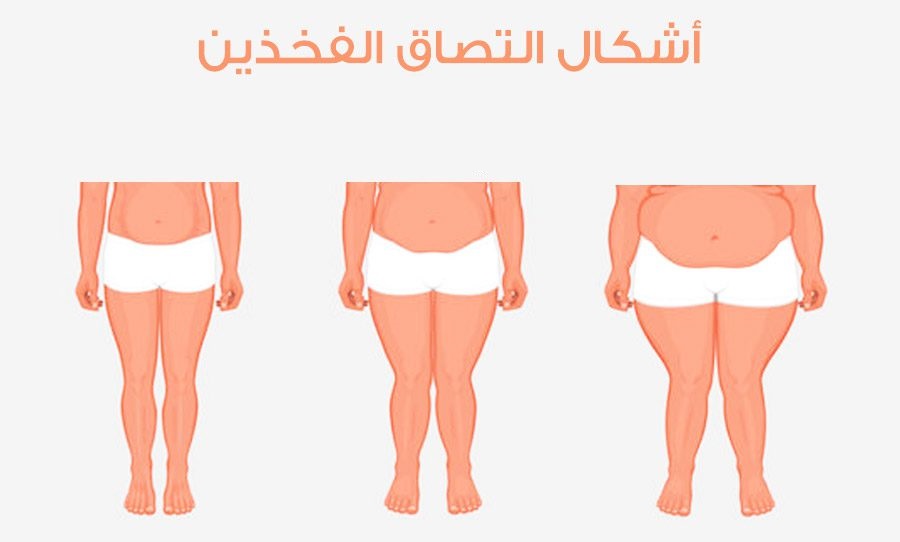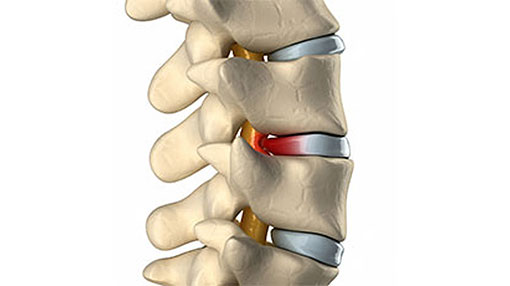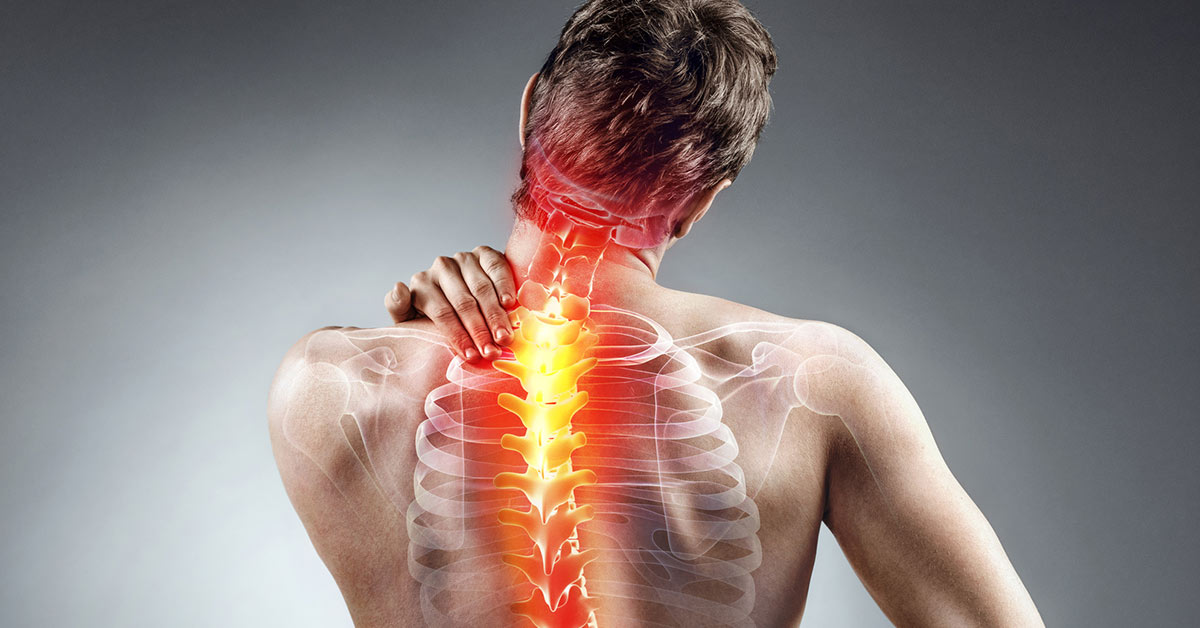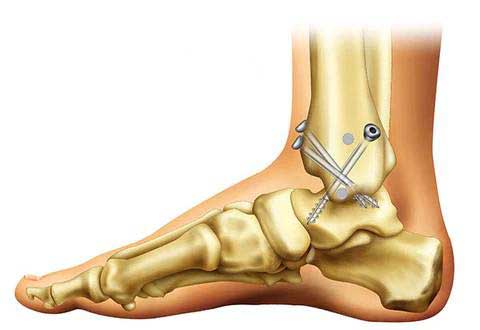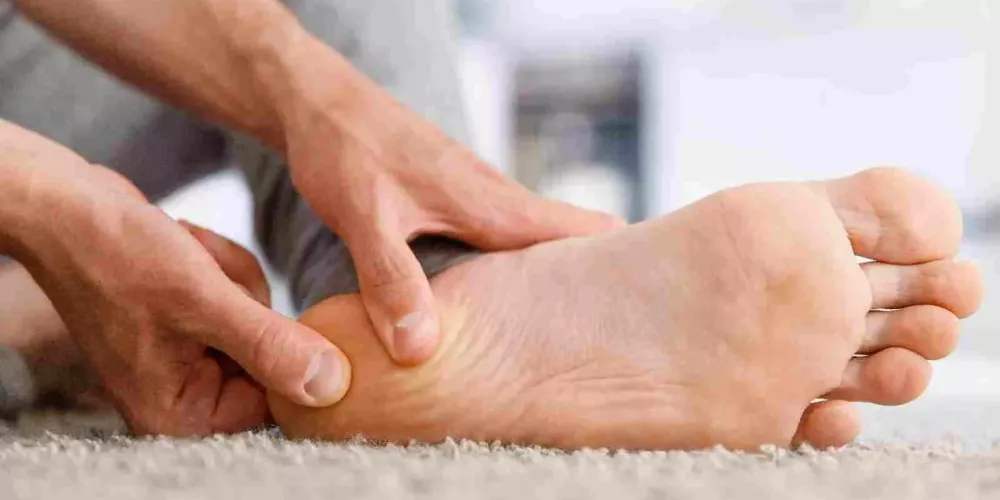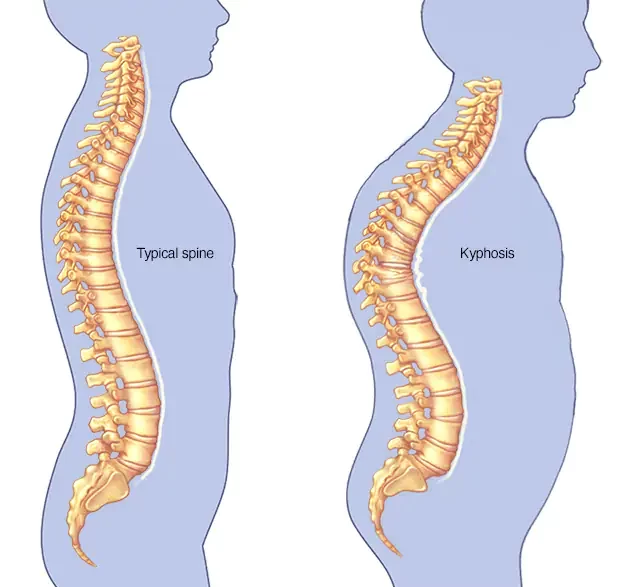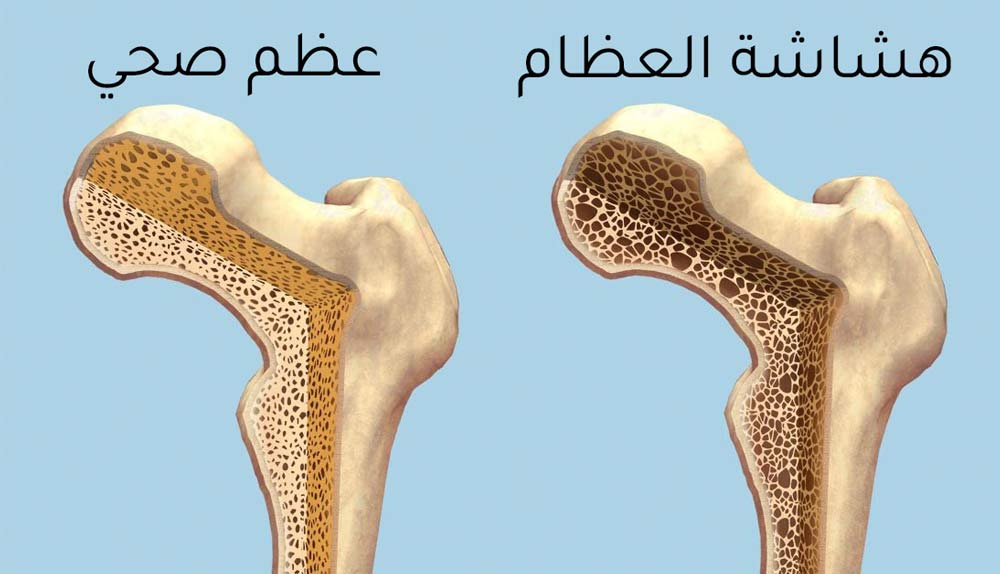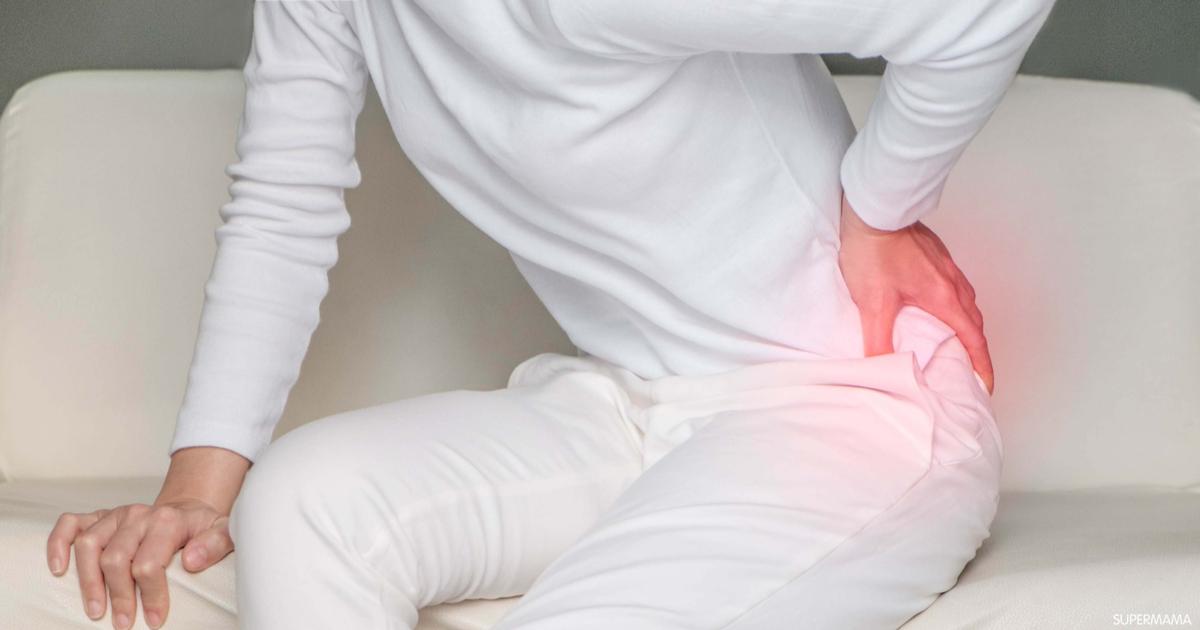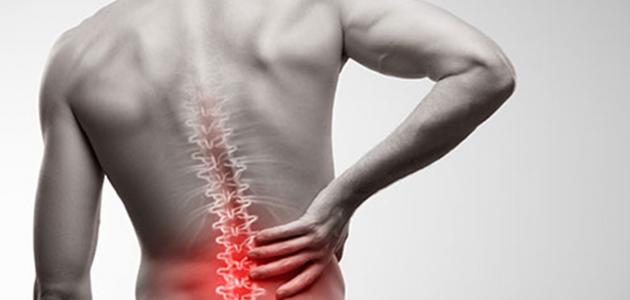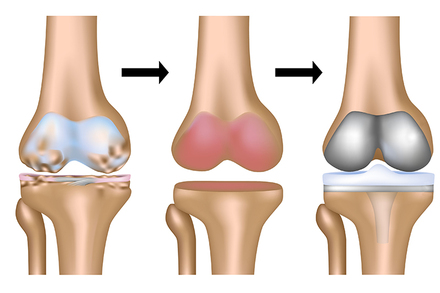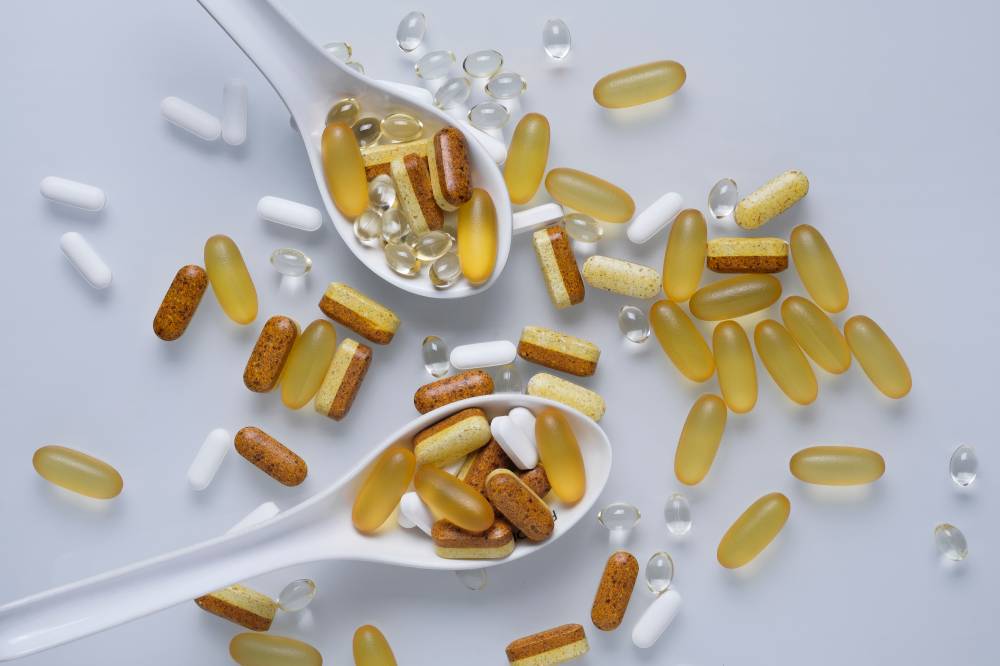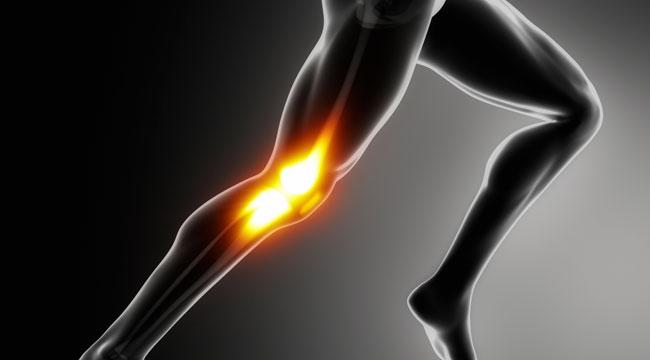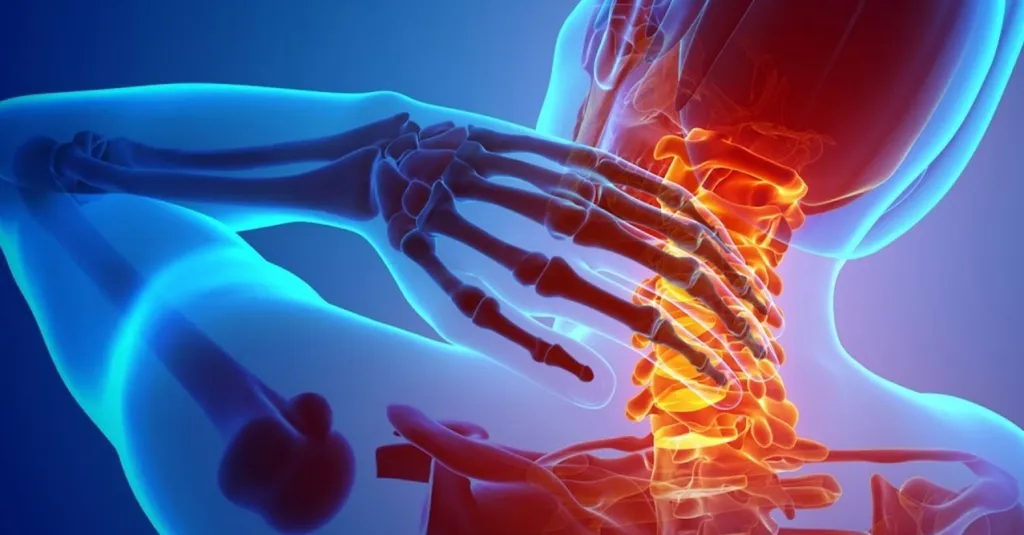Exercises to treat knee roughness
Many doctors advise knee roughness patients to practice many exercises because they contribute greatly to reducing pain and swelling resulting from this disease, so let us read the following article to know the most important of these exercises and how to do them.
Exercises to treat knee roughness
There are many questions many people ask about what are the appropriate exercises for knee roughness, here are some of them:
Hamstring stretches

- Lie on your back and stretch your leg straight around the bottom of your foot.
- Use the strap for support and lift the leg until you feel a moderate stretch below the knee and thigh.
- Hold this position for 30 seconds and then slowly lower your leg.
Straight leg raise exercise

- Lie on your back with the leg you want to exercise straight.
- Bend the other knee to support the lower back.
- Tighten the upper thigh muscle by lifting it.
- When the foot is at the level of your other knee, slowly lower it.
Calf muscle extension exercise
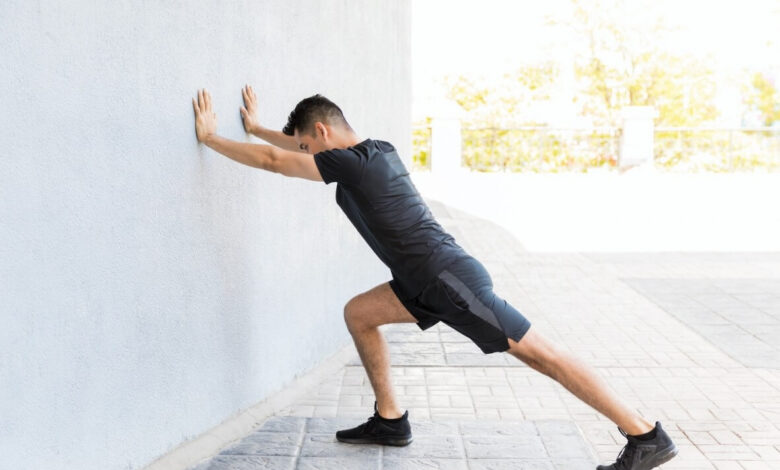
- Stand facing a wall with your leg extended behind you.
- The other leg should be in front.
- For support, place your hand on the wall.
- Slowly bend the front knee while keeping the heel of the back leg on the floor.
- Stay in this position for up to 30 seconds.
- As soon as you feel a stretch in the calf muscle, gently return to the normal position.
Half squat exercise

- Stand with your feet shoulder-width apart and arms extended forward.
- Bend your knees very gently as if you are in a sitting position.
- Keep your back straight, chest lifted, and feet flat on the floor, without bending forward.
- Hold this position for 5 seconds, then slowly stand up.
Single-leg drop exercise

- Stand between two chairs so you can balance.
- Lift the leg up to 12 inches and hold in this position.
- Keep your back straight.
- Bend the other foot while slowly lowering the body slightly.
- Hold this position for up to 5 seconds.
- Repeat the same steps with the other leg.
Leg sliding exercise

- Make sure to stand up straight holding the back of the chair.
- Slide your feet back, keeping your toes on the floor, to tighten your buttocks.
- Return the foot to the way it was and repeat the exercise with the other leg.
Knee roughness exercises for the elderly
The injury of the elderly with knee roughness requires special treatment, whether in the treatment methods or the following exercises recommended by doctors, here is the exercise to raise the leg up, which is the ideal option for the elderly who suffer from the roughness of the knee:
- Spread a mat on the floor and lie on it.
- Place the hands parallel to the body.
- Lift the right foot up until it reaches a 75-degree angle.
- Hold this position for 5 to 10 seconds.
- Lower the right foot with a straight body position.
- The same steps are repeated with the other foot.
Prohibited exercises for patients with knee roughness
Although it is important to practice many exercises in the event of knee roughness, as this greatly reduces pain and swelling, some exercises pose a great danger to knee roughness patients, which require great physical effort, and here are some of them:
- Avoid exercises that require weight lifting.
- Do not do any exercises that cause severe pressure on the knee joint.
- Exercises that require a significant degree of knee flexion.
- Movements that require raising the knee or staying still for an extended period.
- Be careful not to bend the knee for more than 20 seconds continuously.
- Avoid sitting on the floor or cross-legged.
- Do not sit on chairs that are too high or too low.
- Take care not to stand for long periods.
Does walking hurt knee roughness?
Walking does not harm patients with rough knees, but provided that it is not for long periods without taking a break, as walking greatly helps to lose weight, which relieves pressure on the knee joint, and walking increases the strength and suppleness of the muscles surrounding the knee joint.
Tips for knee roughness patients to follow when walking:
- Do not walk in high heels or sandals and use sports shoes.
- Avoid inclined and uneven lands because they require more effort.
Signs of knee roughness
The earlier the detection of knee roughness, the easier it is to deal with the disease and prevent its dangerous developments in the long term, as knee roughness affects all individuals of all ages, and here are some of the symptoms and signs that indicate knee roughness:
- Feeling severe pain in the knee area, especially when bending the knee or standing.
- Facing great difficulty in going up and down the stairs due to the severity of the pain.
- Popping sounds from the joint when moving.
- Severe swelling and inflammation in the knee area.
- Deformation of the knee joint and may reach the point of warp.
- Joint stiffness, especially in the morning.
How to treat knee roughness
Natural therapy
Through this, some exercises are described that the individual performs in order to reduce the pressure on the knee joint and reduce friction and pain, as these exercises directly target the muscles and ligaments and work to strengthen them and increase their flexibility.
Physiotherapy exercises that the doctor prescribes differ from one case to another according to age, the extent of disease development, and weight. If the patient is obese, he must lose excess weight to reduce pressure on the joints.
In addition, it is indispensable for both cold and warm compresses, and they are used alternately with the other, as this greatly contributes to relieving inflammation and pain that affects the joints of the individual, and it also makes him able to move more easily without facing difficulty in that.
Pharmacotherapy
Pharmaceutical methods are not dispensed with in the treatment of knee roughness even while following any other methods of treatment, and this is due to their great role in reducing swelling and severe pain immediately until other methods yield results that are mostly in the long term.
There are many ways in which the drug treatment is taken, it may be in the form of tablets or creams that are applied to the knee, and in most cases, the doctor may inject the knee joint with some anti-inflammatory such as cortisones or hyaluronic acid.
Surgical treatment
When the previous methods are not effective in any way with the patient and do not relieve the pain he feels, in that case, surgical intervention is the best solution that can be followed in order to get rid of the pain, and the doctor removes the eroded tissues or bone spurs or changes the knee joint permanently. Total.

